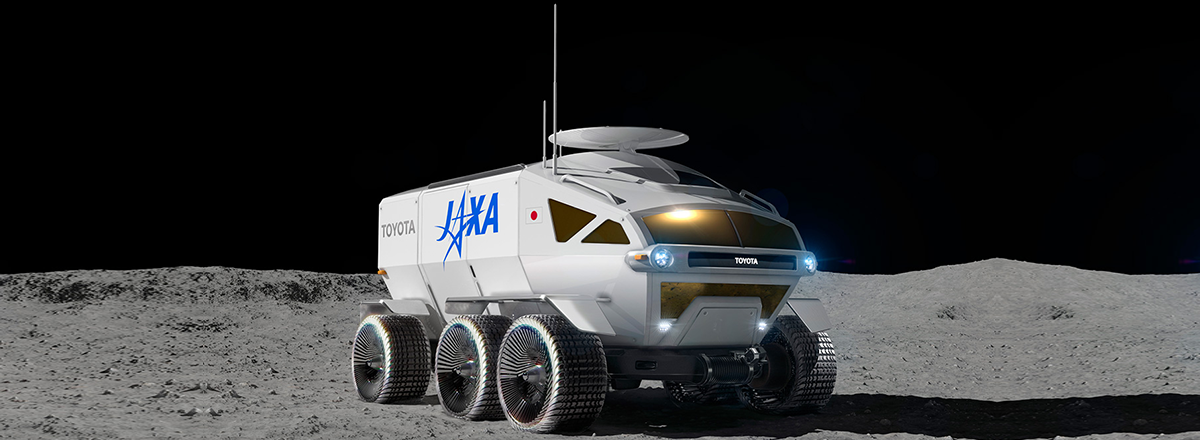NASA and Japan Join Forces to Develop Advanced Lunar Rover for Artemis Missions
This cutting-edge rover, designed by JAXA, will be a fully pressurized vehicle allowing astronauts to live and travel across the lunar surface for up to 30 days.

NASA and Japan's Aerospace Exploration Agency (JAXA) have taken a significant step forward in lunar exploration cooperation by signing an agreement to develop a new lunar rover. This cutting-edge rover, designed by JAXA, will be a fully pressurized vehicle allowing astronauts to live and travel across the lunar surface for up to 30 days.
The agreement was formalized in a ceremony attended by high-ranking officials from both countries, underscoring a deep commitment to joint space exploration efforts.
Under the terms of the agreement, JAXA will oversee the rover's development and operations, while NASA will handle its launch and delivery to the Moon, targeting the Artemis VII mission. This partnership also includes provisions for Japanese astronauts to participate in lunar surface missions, marking a significant milestone as Japan aims to send its first non-American astronaut to the Moon on a future Artemis mission.
The rover, provisionally named the Lunar Cruiser, promises unprecedented capabilities. Its design focuses on extended lunar expeditions, particularly to the Moon's south polar region, which is of high scientific interest due to its permanently shadowed areas and potential water ice deposits.
This collaboration is part of a broader framework agreement between the United States and Japan aimed at fostering peaceful outer space exploration. The agreement also sets the stage for future joint missions, including Japan's contributions to NASA's Gateway outpost, which will orbit the Moon and support long-term human presence and further exploration.

